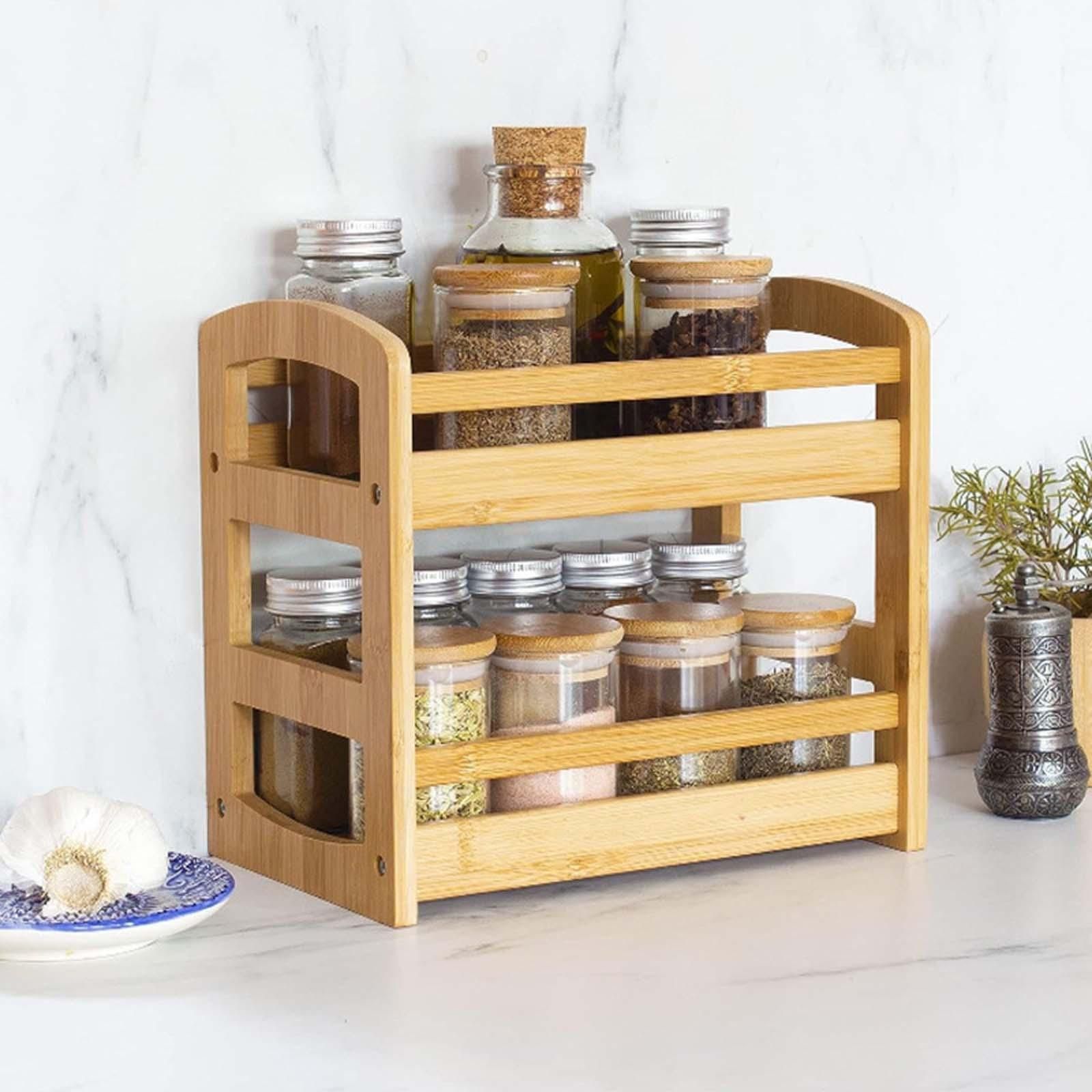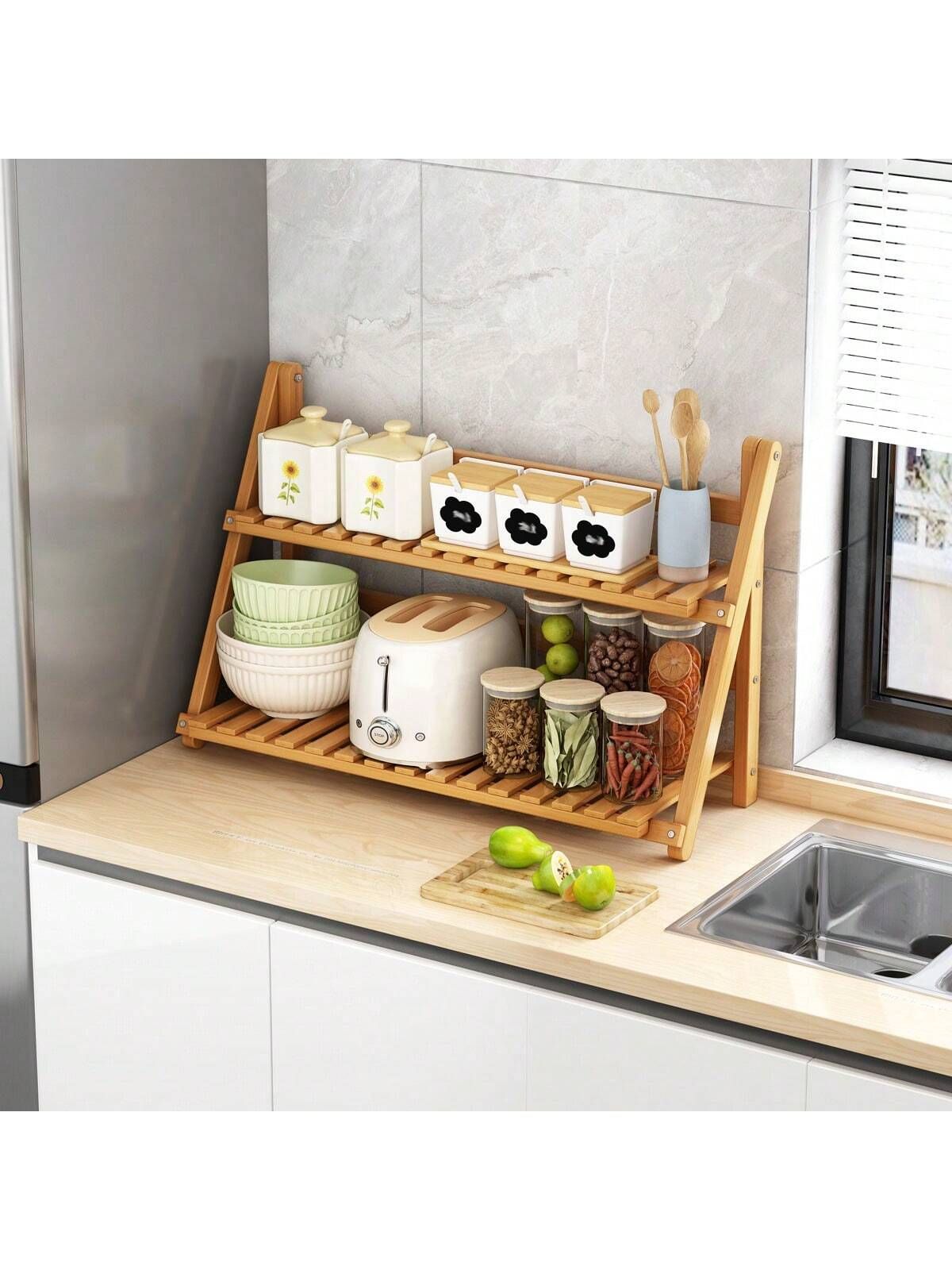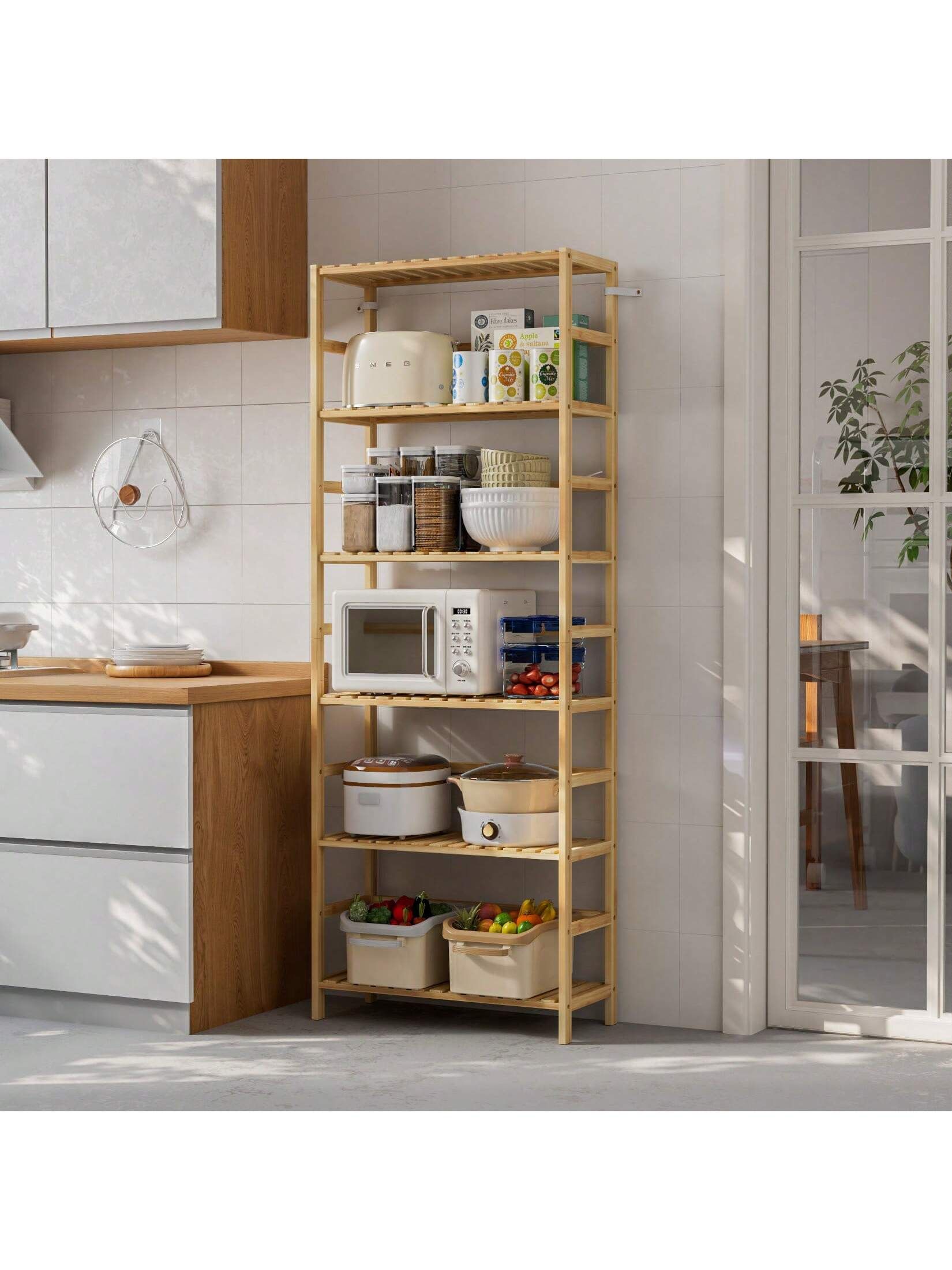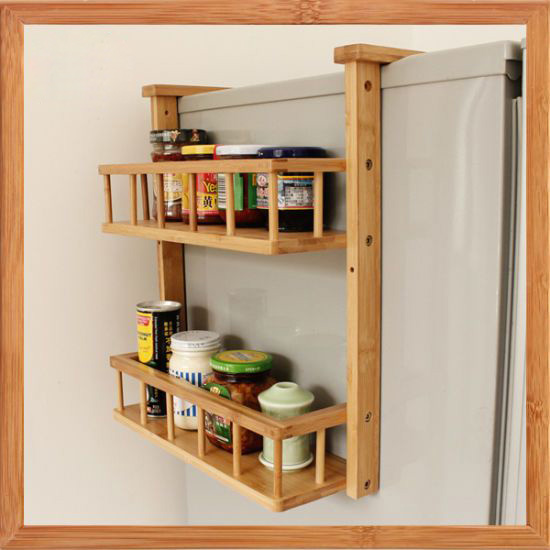In recent years, the global push towards sustainability has prompted various industries to seek eco-friendly alternatives to traditional materials. One of the most promising solutions for the furniture industry is bamboo, a rapidly renewable resource that offers numerous environmental and functional benefits. Bamboo’s growing popularity is transforming the way we think about furniture design and production.
Environmental Benefits of Bamboo
Bamboo is a type of grass, not a tree, which gives it a unique set of characteristics that make it an ideal renewable resource. Unlike hardwood trees, which can take decades to mature, bamboo can reach its full height in just a few months and be harvested within three to five years. This rapid growth rate significantly reduces the time required for reforestation and makes bamboo an excellent alternative to slow-growing timber.
Moreover, bamboo’s extensive root system helps prevent soil erosion, making it an important plant for maintaining ecological balance in regions where deforestation is a concern. Bamboo also absorbs more carbon dioxide and releases more oxygen than most other plants, making it a powerful ally in the fight against climate change.
Versatility and Strength
Bamboo is not only environmentally friendly but also incredibly versatile. It can be used to create a wide range of furniture products, from sleek, modern designs to more traditional pieces. Its natural aesthetic appeal, combined with its strength and durability, makes it a popular choice for both indoor and outdoor furniture.
The tensile strength of bamboo is comparable to that of steel, which means it can withstand heavy loads and resist wear and tear over time. This durability, combined with its lightweight nature, makes bamboo furniture both practical and long-lasting.
Economic Advantages
The use of bamboo in furniture production also has economic benefits. Because bamboo grows quickly and abundantly, it is a cost-effective material for manufacturers. This affordability can be passed on to consumers, making eco-friendly furniture more accessible to a wider audience.
In addition, bamboo’s adaptability allows it to be used in various applications, from flooring to wall panels, further increasing its value in the construction and interior design industries.
Challenges and Considerations
Despite its many advantages, the widespread adoption of bamboo in the furniture industry is not without challenges. One of the primary concerns is the need for sustainable harvesting practices to ensure that bamboo forests are not overexploited. Responsible sourcing and certification, such as the Forest Stewardship Council (FSC) certification, are essential to maintaining the long-term viability of bamboo as a resource.
Another consideration is the treatment of bamboo to prevent issues like pests and mold, which can compromise the material’s longevity. Manufacturers must use eco-friendly treatment methods to ensure that the environmental benefits of bamboo are not negated by harmful chemicals.
Bamboo represents a promising solution for the furniture industry as it seeks to reduce its environmental footprint. Its rapid growth, versatility, and strength make it an attractive alternative to traditional materials. With responsible harvesting and sustainable production practices, bamboo has the potential to become a cornerstone of eco-friendly furniture design, benefiting both the industry and the planet.
By embracing bamboo as a renewable resource, the furniture industry can take a significant step towards a greener future, offering consumers stylish and sustainable options that align with the growing demand for environmentally responsible products.
Post time: Aug-28-2024









